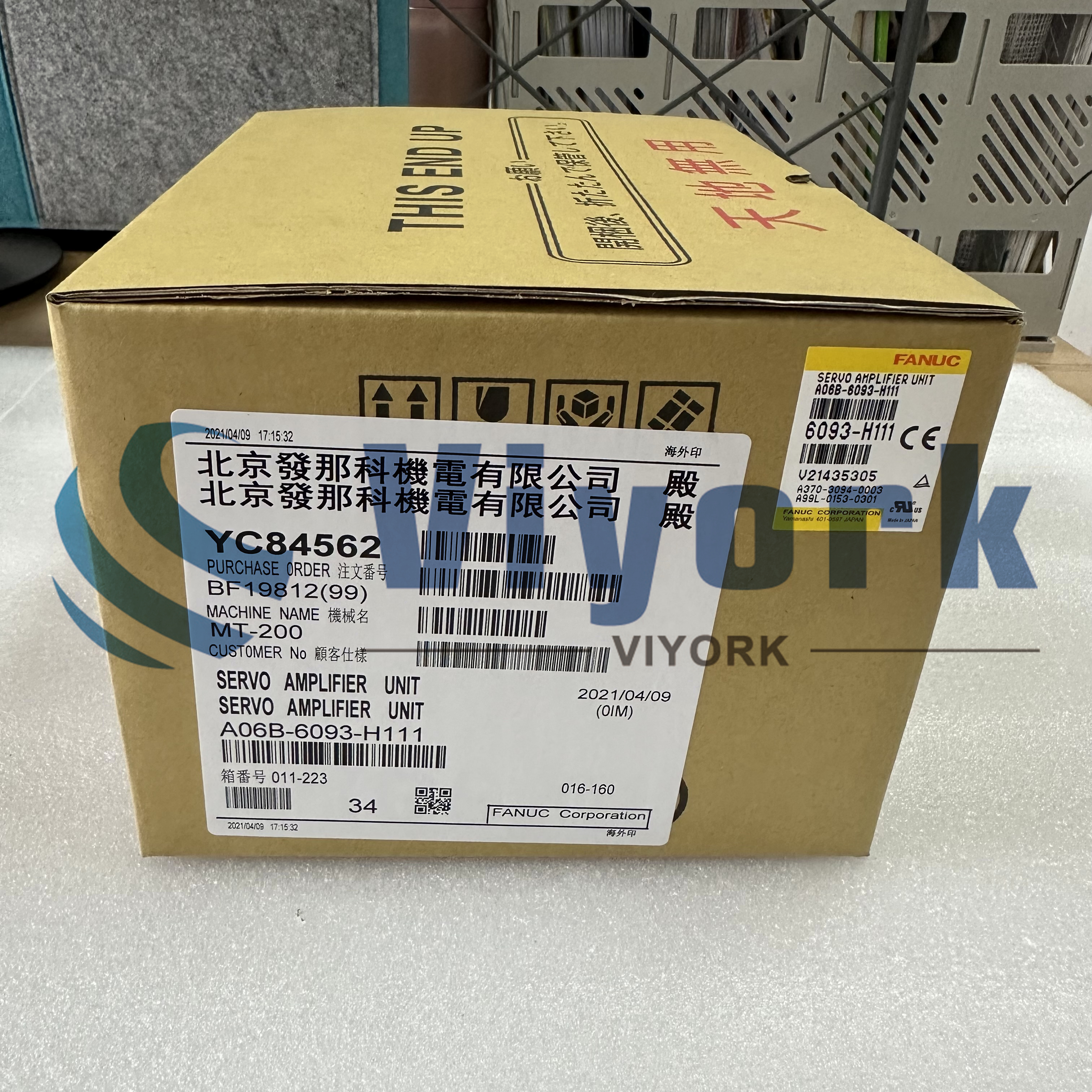The AC servo motor mainly relies on pulses for positioning. When the AC servo motor receives one pulse, it will rotate the angle corresponding to 1 pulse to achieve displacement. Since the servo motor itself has the function of sending pulses, it will send out a corresponding number of pulses every time it turns one angle. And the pulses received by the AC servo motor form a closed-loop. In this way, the system will know how many pulses are given to the servo motor and how many pulses are received simultaneously so that the engine's rotation can be controlled very accurately to achieve precise positioning and the accuracy can reach 0.001mm.
DC servo motors are divided into the brush and brushless motors. The brush motor has low cost, a simple structure, large starting torque, wide speed adjustment range, easy control, and maintenance is required, but it is easy to maintain (changing carbon brushes). Will produce electromagnetic interference, and there are requirements for the use environment. Therefore, it can be used in common industrial and civilian occasions that are sensitive to cost.
The structure of an AC servo motor is basically similar to that of a capacitor split-phase single-phase asynchronous motor. The stator is equipped with two windings with a position difference of 90 degrees. The excitation winding Rf is always connected to the AC voltage Uf; the other is the control winding L, which is connected to the control signal voltage Uc. Therefore, AC servo motors are also called two servo motors.
When the AC servo motor has no control voltage, only the pulsating magnetic field is generated by the excitation winding in the stator, and the rotor is stationary. When there is a control voltage, a rotating magnetic field is generated in the stator, and the rotor rotates in the direction of the rotating magnetic field. When the load is constant, the speed of the motor changes with the magnitude of the control voltage. When the phase of the control voltage is opposite, the servo motor will be reversed.
Although the working principle of the AC servo motor is similar to that of a split-phase single-phase asynchronous motor, the rotor resistance of the former is much larger than that of the latter. Therefore, compared with the single-motor asynchronous motor, the servo motor has larger starting torque, wider operating range. There are three notable features of no rotation.
Servo motors can be repaired, and the repair of servo motors is relatively complex. Servo motors often have motor failures due to long-term use or improper operation by users, and the restoration of servo motors requires professionals to carry out.
Click to know more about Viyorktech ac servo motor manufacturer.
 Call us on:
Call us on:  Email Us:
Email Us:  1103, Block C, South Building, Luo Fang Road, Luohu District, Shenzhen, 518001, China
1103, Block C, South Building, Luo Fang Road, Luohu District, Shenzhen, 518001, China 







